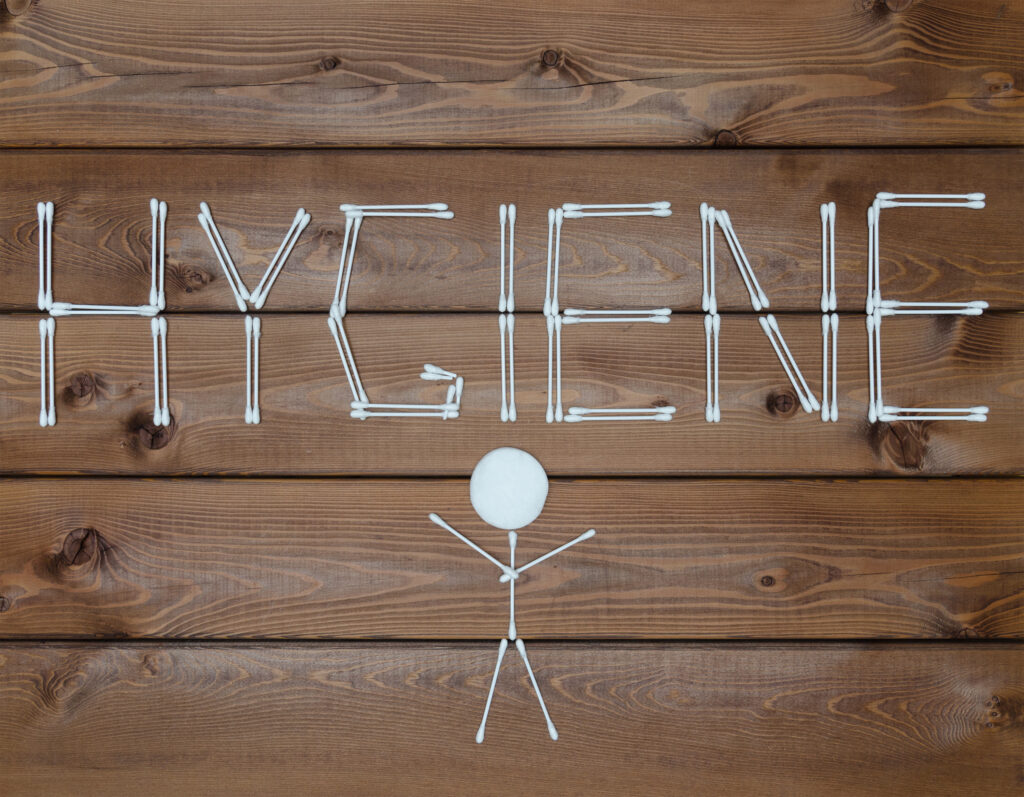Cotton has been around for a very long time—thousands of years, actually. While cotton was grown and used for fabrics dating back as far as 5500 BC in the Indus Valley region of Asia, cotton fabric dating to 5000 BC has also been found in Mexico. As far as cotton closer to home, it’s believed that cotton was first planted in the U.S. in Florida in 1556.
So why is cotton only now finding its way on a large scale in hygiene and wipes products? Cotton has long been a fiber of choice in apparel because of next-to-skin softness, enhanced breathability, moisture-wicking capabilities, and many other reasons. Cotton has also been a favorite for cleansing and drying off again because of the unique natural structure of the cotton fiber that enhances scrubbability and moisture removal. However, cotton hasn’t always been the fiber of choice in other consumer products.
The Consequences of Starting with Synthetic Fibers
Since the advent of disposable baby diapers, the cotton used in the washable baby diapers was replaced with synthetics or extruded films and then super absorbents. While these were significant innovations at the time, the environmental and sustainability initiatives weren’t on anyone’s radar.
Similarly, as disposable feminine hygiene products such as panty liners and pads were developed, similar materials were used, such as synthetic fibers and extruded films. Again, these products were a significant innovation at the time, long before landfills across the globe began to fill with these materials—which will still be there for many years to come.
Baby wipes have, for the most part, followed a similar path: they use synthetic fibers because of the lower cost. Baby wipes made from synthetic fibers such as polyester, polypropylene, and rayon are used in the fabric only as a chassis or carrier for the lotions that were formulated to clean the baby’s bottom.
Today you won’t find fiber contents on the labels of these products, and many consumers just aren’t happy with that as evidenced by protests from New York to California. Since many of the artificial, synthetic fibers are soft and white, many consumers just assume they are cotton.
The Tipping Point: Consumer Preference and Sustainability
So why cotton now? Well, this could be for many reasons, but the most obvious one is that today’s global consumer is much more savvy and discretionary in the products they use for their personal hygiene and for their family members. Social media has made it much easier for everyone in the global community to express their concern for how synthetics such as polyester, polypropylene, and extruded films are contributing to the increasing land used for landfills and the fact that these single-use products won’t decompose for hundreds of years.
Consumers are interested in using natural fibers such as cotton that are grown with sustainable practices and that will biodegrade within 30 days in managed landfills. These same consumers recognize the benefits to skin health in hygiene and wipe products when using purified cotton that is absorbent, soft, and breathable next to the skin, as evidenced by thousands of years of safe use.
So consumers have spoken and the manufacturers of these products are listening with new innovations that integrate cotton that has been purified for product safety and absorbency next to the skin. Leading brands from Asia to Europe to North and South America are integrating cotton into their personal hygiene and wipe products in response to consumer demands. In most cases, products containing cotton can be recognized by the Cotton Seal that is licensed by Cotton Incorporated. Look for these products on the shelves of your favorite retailer.
For more information about Barnhardt Purified Cotton™, visit barnhardtcotton.net.
